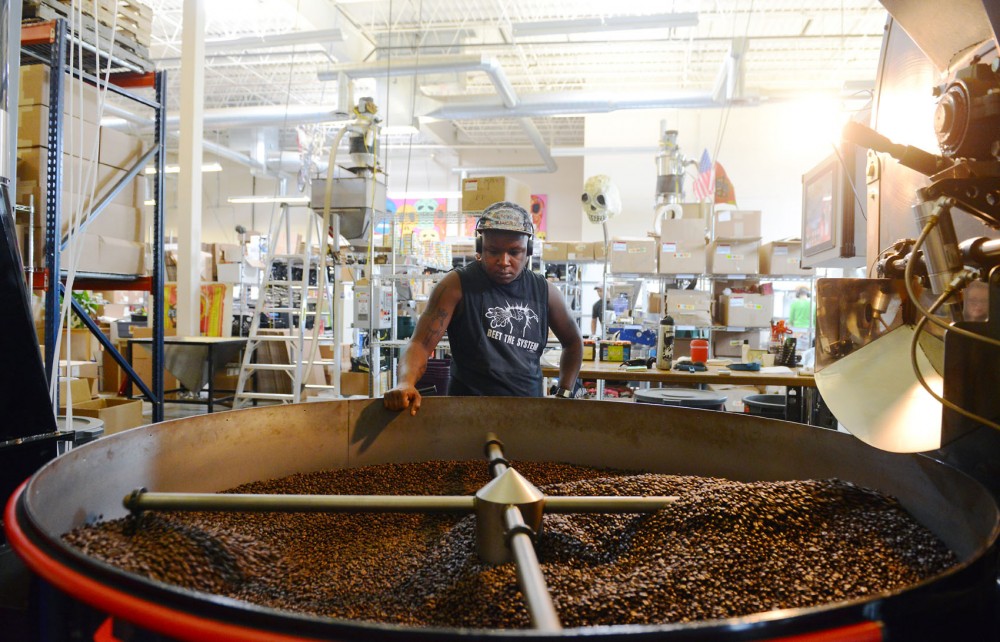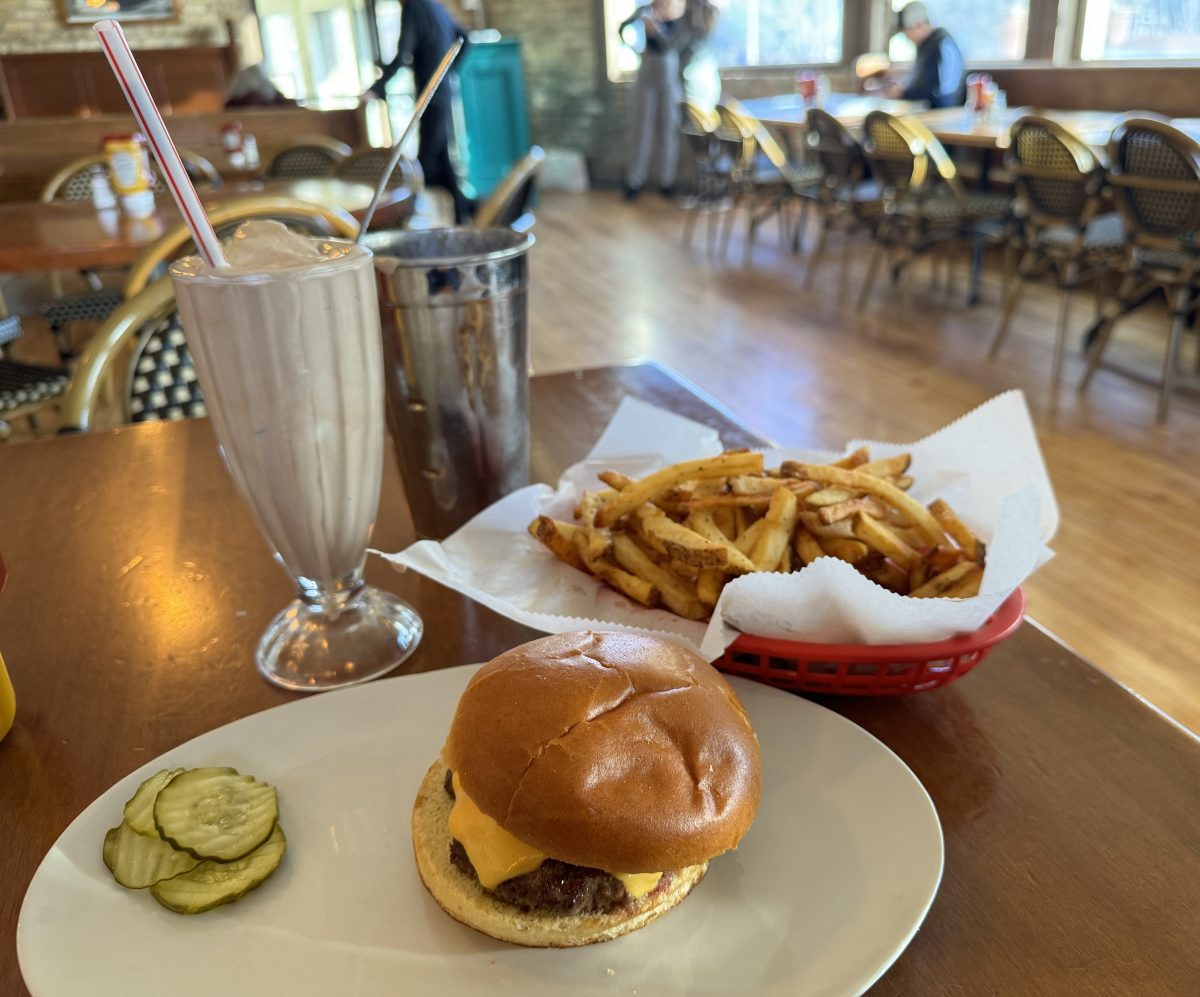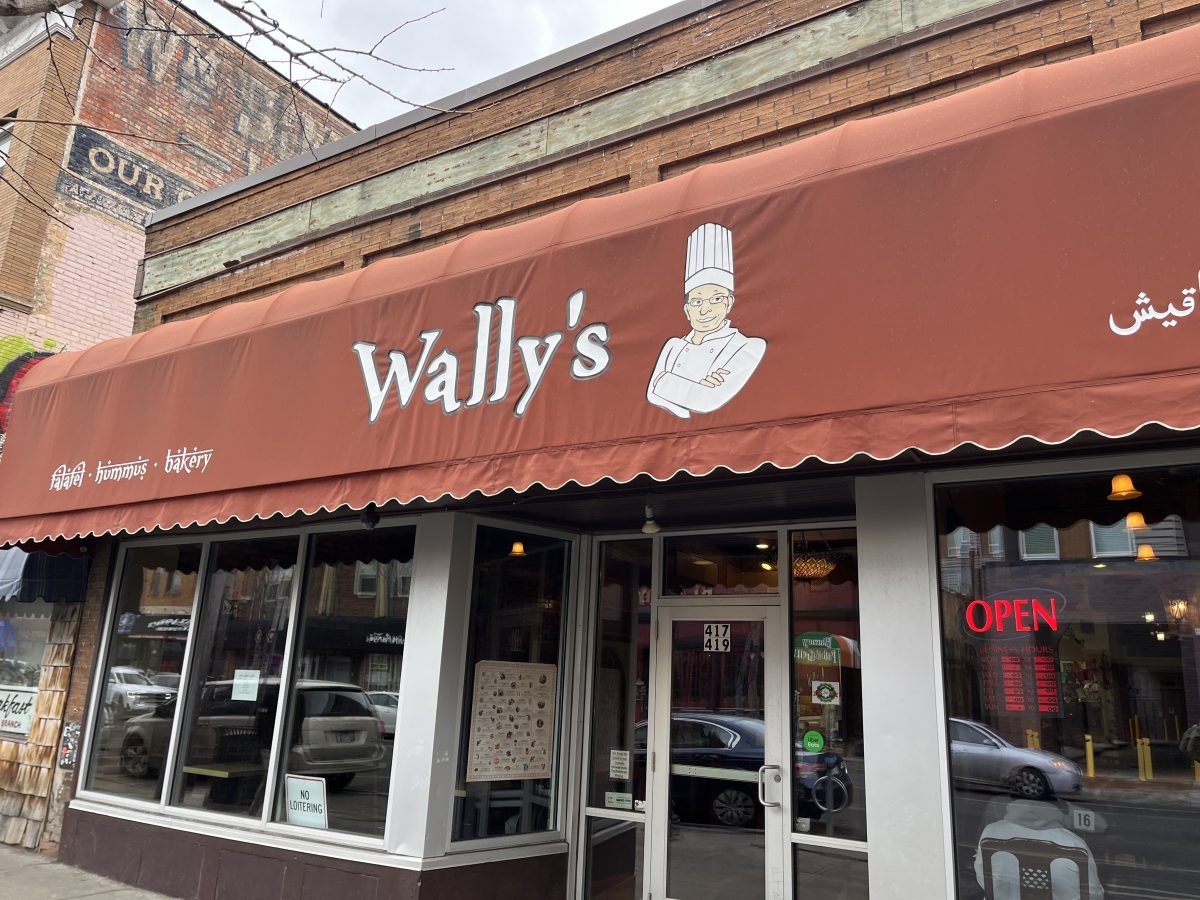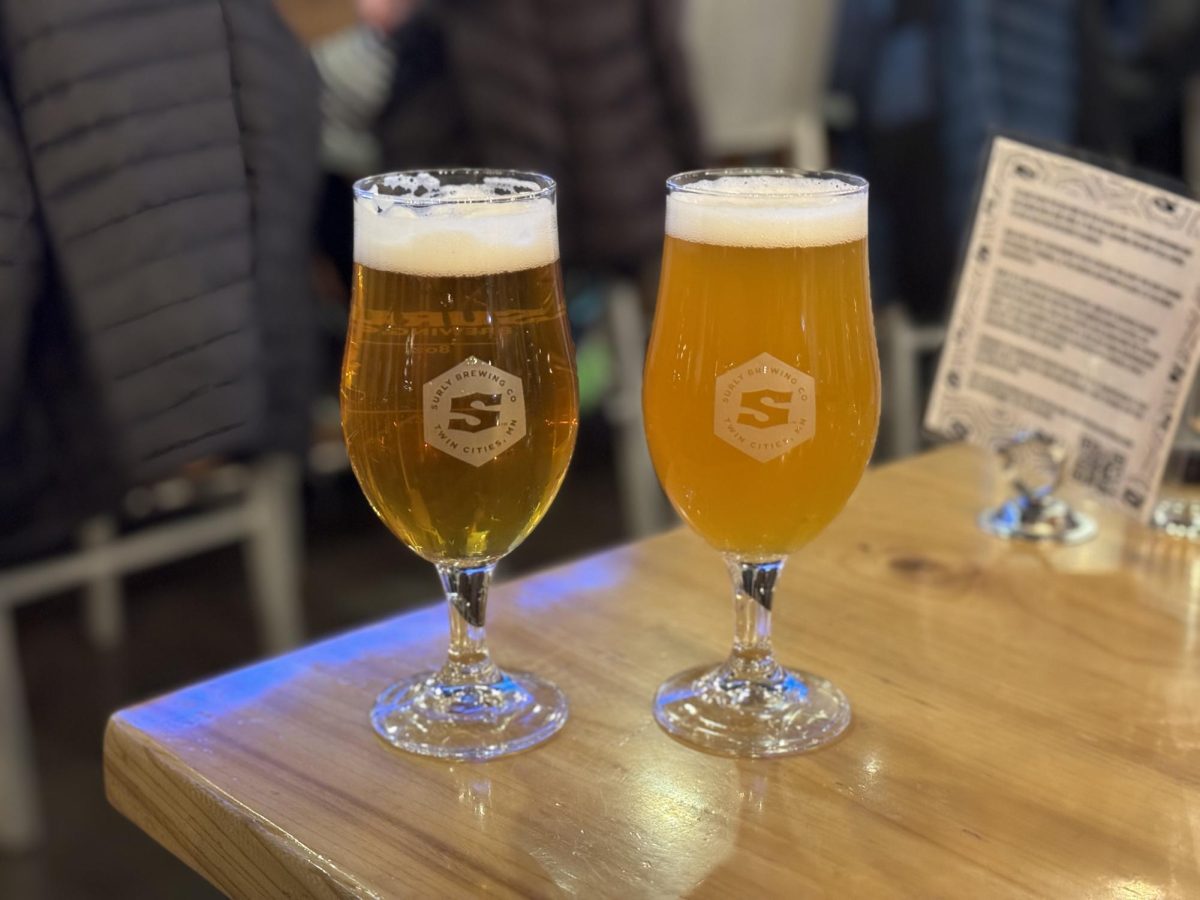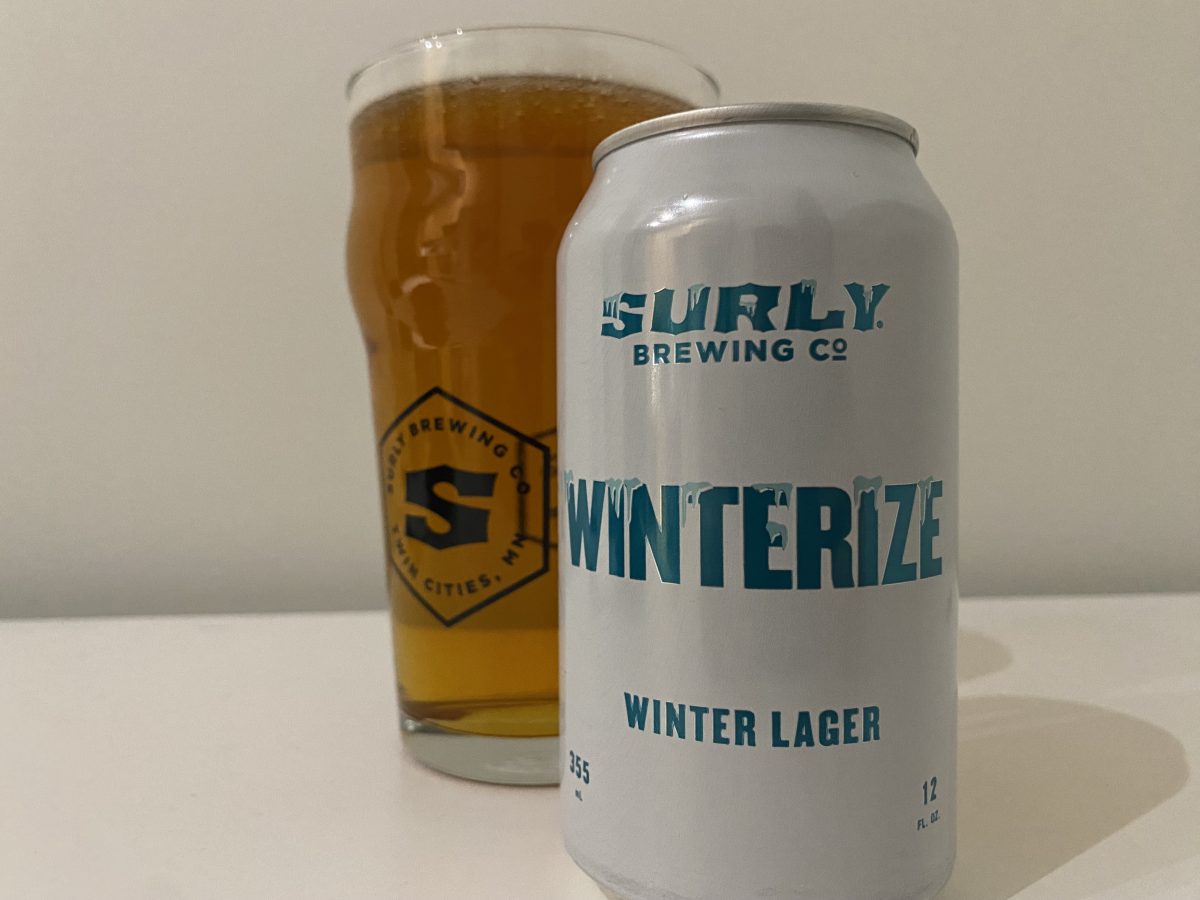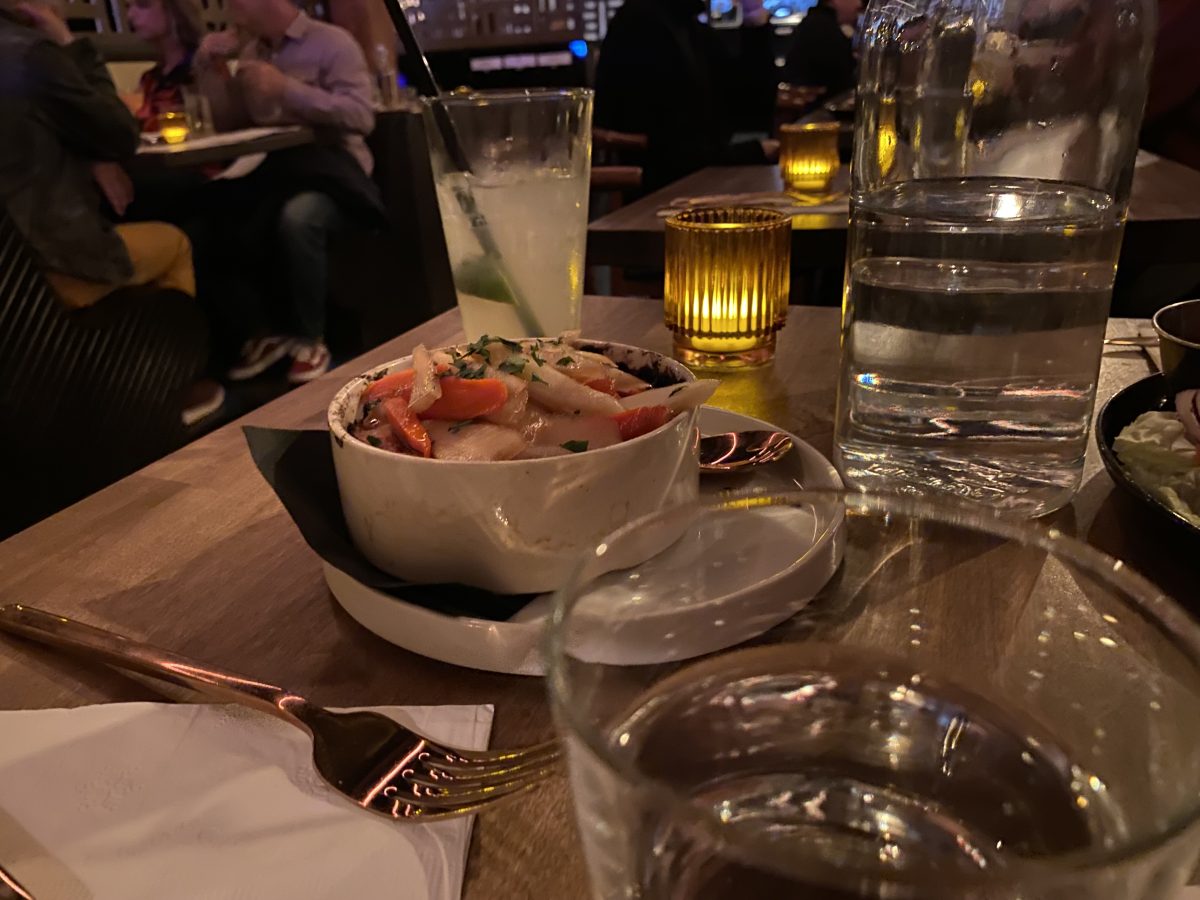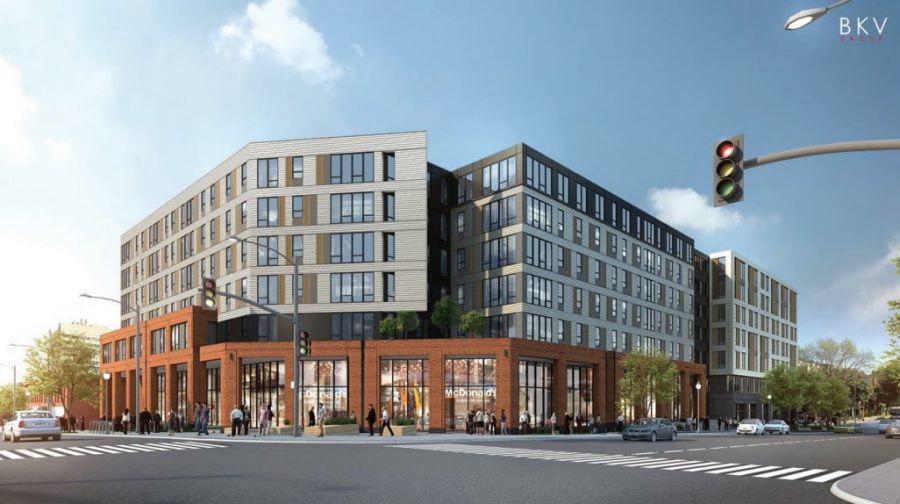College students are no stranger to caffeine addiction. For many people, coffee gives them the necessary jolt of energy to function. Folks wouldn’t be able to get their coffee fix, though, without the roasters.
Coffee roasting is an art that takes a lot of time to master. From understanding science and things like Maillard reactions — a chemical reaction that happens during the roasting process that gives browned foods their desirable flavor — to actually operating a hot machine roasting is not easy.
A&E looked at two very different coffee roasters in the Twin Cities — a neighborhood coffee place with a roaster in the back and a local company with four coffee shops and a large production space.
J&S Bean Factory
Steve VandeWater, owner and roaster of J&S Bean Factory in St. Paul, takes pride in his job. After switching careers from a contractor to open up a coffee shop 14 years ago, VandeWater couldn’t be happier.
J&S Bean Factory is nestled in a residential area of St. Paul. Inside, there is an extensive drink menu, freshly roasted coffee beans for purchase and a gigantic coffee roaster in the back.
Because the Bean Factory is in a residential neighborhood, VandeWater made the decision to buy an expensive afterburner. An afterburner is a machine that reduces both the smoke and sour smell of the roaster.
“Since we’ve been open for 14 years, we’ve only had three complaints,” VandeWater said regarding the aftereffects of roasting batches of coffee.
The coffee beans roasted in J&S Bean Factory come from more than 20 different origins. The beans originate in countries ranging from Mexico to India.
The coffee shop’s most popular blend, the double dark, is a blend of two different coffee beans. It uses a different technique that smokes the beans in the roaster.
Many consumers think dark roasts contain more caffeine, but VandeWater said that’s a common misconception. Light roasts contain more caffeine than a dark roast and are more full-bodied.
When the roaster is in full swing, the coffee beans start making popping sounds, similar to popcorn. Caleb Porter-Born, one of the shop’s baristas and roasters, said the cracks indicate that all of the water is out of the coffee beans, which means there is oil in them.
The neighborhood coffee shop boasts more than just their good coffee — it has President Barack Obama on its side.
VandeWater created a special blend for Obama a few years back consisting of Hawaiian coffee from Kona and Kenyan coffee. VandeWater’s presidential brew got all the way into the White House with the help of his friends.
“Now Amy Klobuchar and [Al] Franken take coffee out to the Obamas,” said VandeWater.
Peace Coffee
Everywhere you turn, there’s coffee and big machinery in the massive roasting house at Peace Coffee.
Peace Coffee believes in organic, fair trade coffee. The organization is known for delivering coffee via bicycle. In addition, it has biodiesel vans delivering coffee.
Its large production space provides enough room to complete every step in the coffee-making process, from the roasting to the packaging.
The organization works with coffee-growing co-ops from countries all over the world, including Ethiopia, Peru and Guatemala. In addition, Peace Coffee collaborates with coffee farmers and works hard to become partners with them rather than exploiting them.
At the smaller roasting machine and at the time of A&E’s tour, Derek De La Paz, head roaster and quality control manager, was making an espresso blend.
De La Paz, formerly a chef, gets creative freedom when it comes to roasting. He works on the Alchemy series, which “draws its inspiration straight from the origins of science,” the company said. Each bag of coffee from the Alchemy series has a “lab note” attached on which De La Paz inscribes what pairs well with the coffee and what it tastes like.
Aside from the small roaster, the big roaster was roasting one of their most popular blends, the Twin Cities blend, a dark roast. At the time of the tour, Peace Coffee was making 2,400 pounds of the blend for the day.
“We’re in Minnesota — everyone loves a good dark roast,” said Melanee Meegan, director of marketing.










